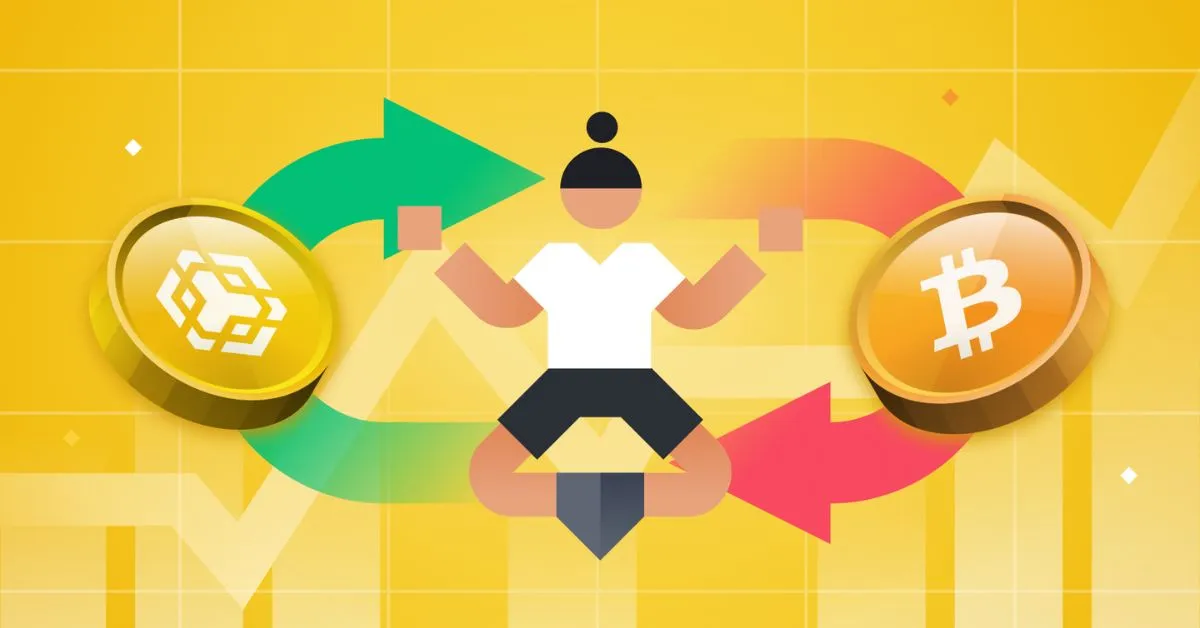
What Is Dual Investment? A Quick Guide For Crypto Users
1. What Is Dual Investment?
Dual Investment allows you to deposit one asset (e.g. BTC, ETH, USDT) and earn high interest depending on whether the asset’s price hits a predefined level on the settlement date.
➡ You don’t commit to receiving one fixed token—you get either of the two depending on price movement.
2. How It Works
-
Select an asset pair (e.g. BTC/USDT).
-
Choose a strategy: Sell High or Buy Low.
-
Set a strike price and settlement date.
-
On maturity:
• If market meets your condition → you receive the alternate asset.
• If not → you keep the original asset plus earned interest.
➡ Example: You choose “Sell High” BTC at $70,000. If BTC > $70,000 on the maturity date, you receive USDT. If not, you keep BTC and earn interest.
3. Advantages Of Dual Investment
-
Higher returns than standard staking or savings.
-
Customizable strike prices and dates.
-
Earn profit regardless of market trend—up or down.
4. Risks To Consider
-
You might receive an asset you didn’t intend to hold.
-
High volatility can lead to unexpected losses when converted.
-
Not ideal for those who want to hold only one specific asset.
5. Who Should Use Dual Investment?
-
Risk-tolerant investors looking for higher yields.
-
Users wanting to sell or buy at a target price.
-
People holding idle stablecoins or blue-chip assets like BTC/ETH.